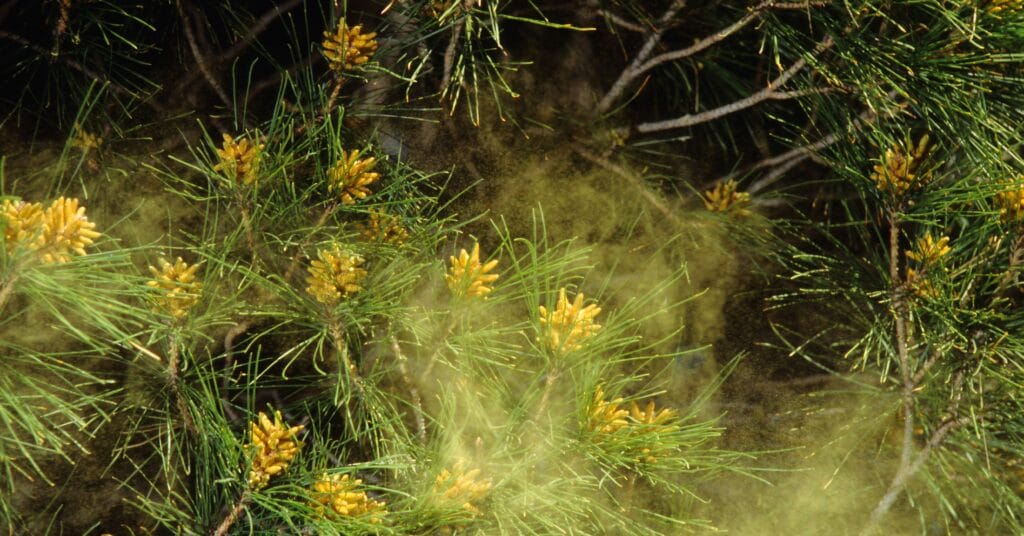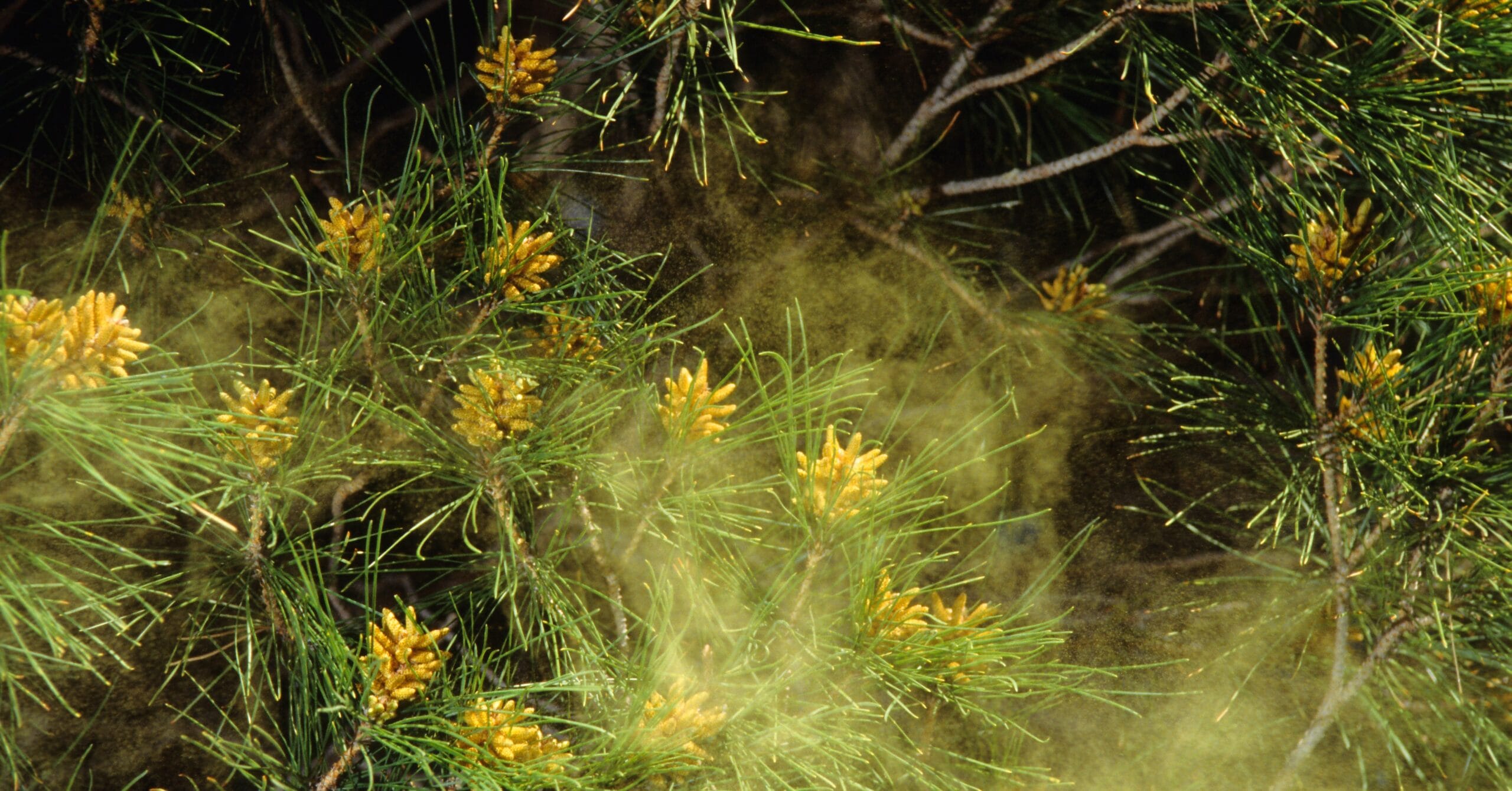
Do you ever find yourself wondering why you’ve been sneezing more than ever lately, or perhaps you’ve noticed the tissue box is emptying at record speed? You’re not imagining it; your allergies are likely getting worse. Let’s look into the reasons behind this sneeze-inducing conundrum that’s affecting millions.
Pollen Tsunami: The New Normal
The joy of Spring’s arrival is ironic for many, given that it ushers in a wave of pollen, triggering a cascade of sneezes for countless allergy sufferers. Cities like Atlanta and Houston have witnessed record-breaking pollen counts, leaving many residents in a constant state of discomfort.
Breaking Records with Pollen Waves
Recent data showcase cities across the U.S., particularly in the South, experiencing exponential increases in pollen levels. For instance, Atlanta’s pollen count soared to unprecedented heights, wreaking havoc on residents who’d rather be enjoying the temperate weather without a tissue in hand.
Why, you ask, are allergies presenting with such vehemence? The explanation may not be entirely surprising, given the times: climate change is playing a significant role.
How Climate Change is Compounding Allergies
As much as we love to have that “fresh” spring air, it comes with a hefty price. Climate change, with its far-reaching tentacles, seizes the opportunity to meddle with our sinuses, turning pollen into a nearly year-round nemesis for some.
Earlier and Longer Pollen Seasons
The warming climate manifests in earlier springs, which means plants pop out their pollen-laden flowers earlier and keep them there longer. In fact, the start of pollen production can be up to 20 days earlier than it was thirty years ago. Look around and notice the trees and plants—the silent pollen distributors, making sure everyone breaths a little less smoothly than before.
Elevating Pollen Production
Adding insult to injury, atmospheric carbon dioxide is encouraging plants to produce more pollen. More CO2 doesn’t just feed the regression—leading to lush, more reproductive flora—but also extends the perfect conditions for pollen production, leaving allergy symptoms hanging around like an uninvited guest.
The Economic Burden of Allergies
While a runny nose might sound minor, collectively, pollen allergies plunge billions into the economic abyss when accounting for lost productivity and medical costs. It’s easy to dismiss allergies as nothing more than a nuisance until you’ve seen how they can transform a bustling office into a sneezy ghost town.
Costs and Health Implications
From frequent doctor’s visits to medication necessities, the financial strain of pollen allergies is monumental. More alarming, pollen takes its toll on the more vulnerable, notably children, with thousands needing emergency care due to allergies-turned-crisis.
Delving into the Allergy Mechanism
When our bodies’ defense system overreacts to pollen—the harmless, drifting villain—it can make daily life a bit of a bumpy ride. In severe cases, this overreaction can spiral into dangerous territory, like asthma attacks or even anaphylaxis.
Allergens and Their Annoying Nuances
For many, pollen allergies are nothing more than irritating. However, allergy symptoms don’t just linger outdoors—pollen sneaks indoors on clothes, pets, and air currents, leaving no safe haven from its wrath.

Climate’s Hand in the Allergy Drama
More than just warming temperatures, climate change ushers in longer growing seasons, encouraging more prolific plant reproduction—culminating in greater pollen production as a persistent seasonal menace.
Human Influence on Pollen Levels
Human activity, primarily fossil fuel consumption, contributes substantially to CO2 levels, with plants eager to respond by producing even more pollen. In a self-feeding loop, more pollen results in more plants, perpetuating this cycle.
More Than Just Pollen: Compounding Factors
Imagine a world where pollen wasn’t your only concern. Air pollution intersects with allergies, often intensifying the overall physical discomfort. Particularly in urban settings, other factors like increased temperatures further exacerbate allergic reactions.
Pollution and Its Amplifying Effects
Pollutants from vehicles compound the situation, making pollen more potent—a sinister upgrade to a natural irritant. Wildfires, city-aiding warmth, and sprawling urbanization all potentiate allergies in a mixed cocktail of discomfort.

Mold and Storms: Unseen Aggressors
Increasing mold spores, birthed from warmer climates and wetter weather patterns, add to the allergy onslaught. Post-storm scenarios feed mold development, especially when water damage isn’t immediately mitigated.
Stormed into Smog: Another Allergy Eruption
Severe weather events not only engender new mold growth but additionally stir up allergens already present. Dust and pollen fragments are suspended in the air, aggravating existing respiratory issues.
Proactive Measures and Cautious Optimism
Fortunately, there are proactive steps to take when battling the symptoms of allergies. A visit to an allergist, early medication, and practical lifestyle adjustments can make a significant difference.
Prepare, Anticipate, and Rejoice
Knowing one’s specific allergen triggers can transform allergy season from dreaded to manageable. Starting medication early and employing tactics like HEPA air filters can cushion the blow when pollen counts rise.
Through fostering awareness and implementing prevention tactics, we can mitigate the impact of burgeoning allergies. Long-term strategies to combat climate change will support this cause—focusing efforts on achieving a sustainable environment—and lead us gently forward, beyond the pollen trails.
So while tissues might still be your companion for a while, understanding the root of your allergies could be the first step towards long-term relief, or at least getting through your day with a smile rather than a sneeze!

